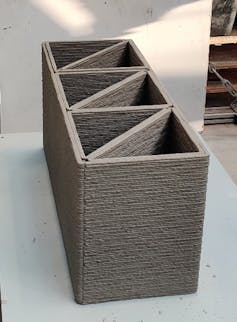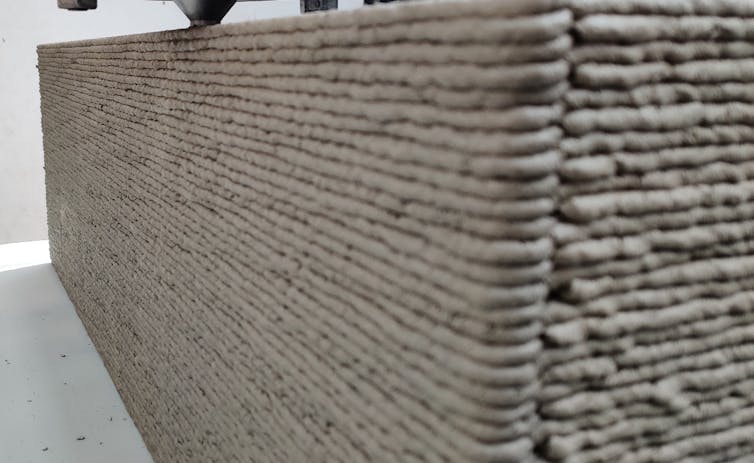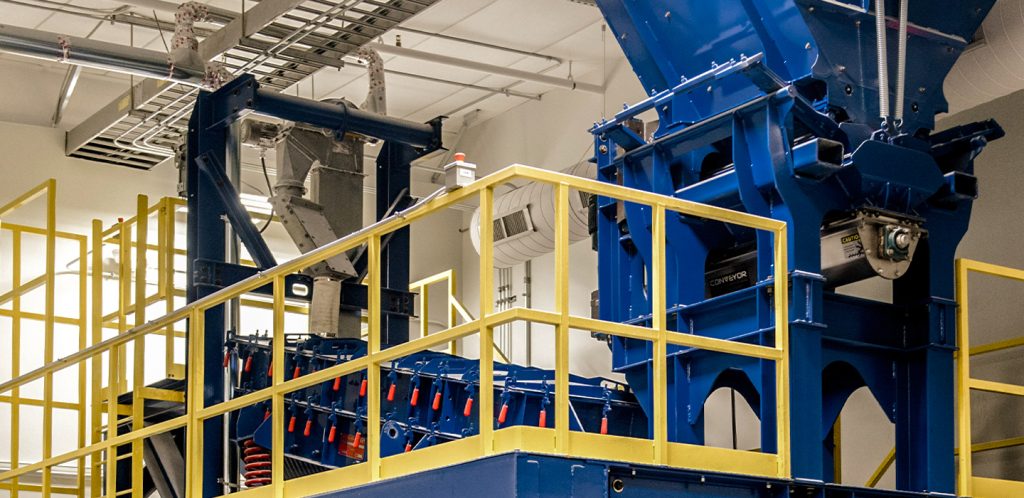|
Do you want to get more sales,
clients or commissions?
Of course you do!
Grab yourself a nice drink or lunch
for this 'long read'. Today I want to take you through these 6 questions to
help you get more sales, orders & commissions.
See it as a short, unexpected 10
minutes mini-marketing course. Full of ideas & inspiration.
For free in your inbox.
Enjoy!
And feel free to pass it on to
other creatives too.
Q1: What are you *really* selling?
You might think that the answer to
this question is: “My jewellery” or “My
workshops” or ‘My illustrations & prints”.
But … people who buy creative
products and services often buy so much more than ‘just a product’!
They buy because they want
something really original and unique. A special gift for a special friend or
occasion. To celebrate. To treat themselves!
Start to think about your creative
products much more in terms of a 'memory' that they are buying, or a gift
that reminds them of 'friendship' or 'the freedom of the sea'.
Focus on the feeling that they want
to get when they are wearing your colourful necklace or give a beautiful
handmade jug with hand-picked wild flowers to a dear friend who is going
through hard times.
And even if you are selling
to shops and galleries think about what you are selling to them. They
want to create wonderful displays of emerging or local creatives. They want
to show gorgeous hanging flower pots for the summer and to be 'on trend' and
share on their Instagram feed. They want to have 'wow pieces' for their
window display to lure visitors back into their shop once again.
And when you are selling your
creative products & services you are also selling a little bit of
you of course! That doesn't mean we want to know all your secrets or
what you had for breakfast. But your clients want to connect with your
creative lifestyle, they want to know how your environment looks like and how
that inspires you, your values from sustainable gold, or mindfulness, to
Black Lives Matter and how that connects with them as 21st century human
beings and consumers.
Especially if they love buying from
small independents and find it important to spend with small creatives like
you!
Take action: Brainstorm around what
YOU are really selling.
Go beyond the 'what' of your
products and services, and think about the emotions or feelings your ideal
clients have … not just when they are looking to buy, but also when they have
bought your work, when they use it or give it to somebody else.
WHY do you create the work you do?
Emphasis these stories and
occasions much more in your social media, your images, your product descriptions
and your emails to really connect with the emotional side of buying,
owning and loving creative products & services.
Q2: Have you got a plan?
Did you set a financial goal at the
start of 2022? Do you know how many sales you want or need this year? Online,
at events, from stockists?
We are big fans of financial goals
here at The Design Trust!
Why?
Because without a goal or
destination that you are aiming for you will just be running around like a
headless chicken or just ‘hoping’ that things will happen and that the
universe will listen to you. I personally don’t believe in that working out
very well …
Plus … if you don’t have a
financial goal for your different income streams then you can’t
really create a proper marketing plan either! You will need to know
which products or services you want to focus on for sales, who your clients
are and how much you will charge. Selling £15,- products on Etsy needs a very
different marketing approach than selling £150 necklaces online or at an
event.
Of course, this year is very
unpredictable.
You might think that there is no
point in creating a plan as it will have to change before you have even
started.
You might have had to change your
financial goal for 2022 (we have!).
That’s actually perfectly normal!
And at least you are being realistic about what's happening in the world
right now. You are being pro-active. And you will be more in control when you
know what you are aiming for.
Next Monday morning 4 July I will
be hosting a practical 3-hour Plan The Rest of 2022 online
workshop where you will be setting your own smart + juicy goals for
2022.
·
Juicy goals + do-able actions for yourself and how to make
sure you are in the best mental & physical place to create and work.
·
Juicy goals + do-able actions for your finances, your different
income stream goals, to keep an eye on your costs.
·
Juicy goals + do-able actions for your marketing – with my
expert tips on exactly what marketing activities to do to
get more online sales, event sales, wholesale orders this autumn.
·
Juicy goals + do-able actions for your creative
production. To stop making without thinking about who your ideal clients are
(see below!), your actual costs + what you can charge.
If you want to be less
overwhelmed and back in charge then join me for this practical,
thought-provoking planning workshop next Monday (the first
Monday morning of the 2nd half of 2022!).
Q3: Who are your ideal clients? And do you know why, when & where
they buy?
Do you really know who your dream
clients are? Why they buy your creative products? When they buy? What’s
important to them? What stops them from buying from you?
Many creatives find marketing
really difficult and it’s often because they don’t really know who their
dream clients are. They try to sell to anybody, but then fail as it doesn’t appeal
to anybody either!
Many creatives rarely think about
their clients when producing new work.
Some creatives are even scared of
their clients!
Getting to know your ideal clients
at a deeper psychological level can really help you to create
products that people love to buy. It can help you to get more
confident to create more innovative, unique and more well paid work
too. It will help you to connect with the right people who have
similar values and interests as you, boosting your inspiration &
confidence, and then selling, marketing and talking to them will be
so much easier!
In exactly two weeks’ time on
Monday 11 July from 10am – 2pm (UK) I am hosting a 4-hour practical workshop
around Dream Clients – to help you to identify, get
to know, approach and wow your ideal clients. Step-by-step you will
find out and get a lot more confident to reach out to them and get sales and
orders.
Q4: Are you just selling or actually building relationships?
If you don’t really know how
marketing works then it often feels like you are ‘pushing’ people to target
them to become your client.
And especially when you start to
get a bit desperate for sales then often it’s very obvious that you are
selling the hard way!
Marketing & selling should NOT
be pushy!
At The Design Trust we have a
marketing mantra: “People only buy from people they know, like &
trust”.
Unless people know what you can do
for them (see Question 1!) and remember your name (so standing out from the
crowd is important!) you will unlikely get any sales. They need to really
fall in love with you these days to get their credit card out. And they need
to trust that you can deliver.
Marketing that works (=to get
sales) is based on two principles:
1. Focus on a niche: What are you good
at and who is interested in that? Don’t sell to everybody but really focus
and get to know your ideal clients.
2. Build relationships with your clients, especially if you
are selling unique or less frequently bought purchases, high end work, or
services like craft & design commissions or workshops. People need to
think about their purchase, and that's part of the natural process of buying
from you. Stay in touch and be helpful.
Marketing & selling is about
pulling in the right people that love what you do & what you stand
for! Listening to them, taking care of them, creating value for them in
their lives.
Get into action: How can you build
your profile, credibility & trust with your ideal clients? How can you
reach out to them and remind them what you really do? (See Question 1 again!)
How can your marketing become more
‘educating them’ around your values or creative process?
And especially if you are selling
to other businesses, galleries or shops how can you be helpful to them right
now? How can you promote them and highlight them on your website, emails or social
media? Could you offer to do a demonstration or talk? Have you talked to them
about the new work you are developing and have they got the best images to
promote you?
Q5: Do you encourage clients to spend more? Offer commissions &
pre-order!
This might sound counter-intuitive
but the creatives that are struggling the most right now are those
selling work between £100 - £1,000.
Why?
Because up to £100 is a gift. Either for
themselves, or for others. And it’s often a quick purchase that they don’t
need to think about too much. There will always be birthdays, weddings or
other special occasions that need lovely, unique creative products!
Above £1,000 is the territory of
commissions and higher end unique work. These are often
very special and very personal purchases, for special occasions like wedding
anniversaries, house extensions and even memorials. And many collectors will
keep collecting! (This part of the market has not been impacted that much by
the cost-of-living crises as most of us …)
When you are trying to sell work
between £100 - £1,000 then often you are both too expensive (for
people looking for a gift) and too cheap (for people who
want something really unique) at the same time!
We are big fans of using
more pre-order options and don’t really understand that not more
creatives are using this opportunity to promote new work to their clients who
then can purchase it for a selected period only at a very special price.
The big benefit of pre-ordering is
that you get a far better idea of how much stock to create, which
designs or colours will be more popular and you will be paid upfront! Very
useful indeed for your cashflow and to avoid loads of unsold stock later in
the year.
We are even bigger fans of
commissions!
These are creatively, financially
and personally great opportunities for creatives to create amazing and really
unique works of art, that push your creative skills, raise your profile, and
really are very meaningful for your clients too.
Commissions really can be amazing
for both creatives and their clients.
But … we also know that many
creatives do not manage their commissions or their clients very well,
and have trouble setting boundaries, do not charge properly for their
time and expertise, and find it difficult to promote themselves
and their commissions.
We recently did some research
around commissions and realised that there is very little advice around this
important topic and income stream.
So, we created this brand-new online course Creative
Commissions to help creatives manage commissions
professionally (with loads of templates!), price your commissions properly
and promote yourself too.
Creative Commissions is a 2 x half day online course on 14 – 15 July PLUS
we have invited 3 creatives and experts for 3 x 1-hour
interviews too so you can learn from their expertise and as them questions
too. Can’t make this course live? No problem! All the sessions are recorded
and you will have access till the end of 2022 to the course.
Q6: Do you encourage repeat business?
And finally … something that’s
often overlooked by creatives: your existing or previous clients!
Don’t take them for granted.
They already know you, like
you, and trust you! So it's often much easier to sell to them.
Get into action: Have you heard
about the Pareto principle or the 20/80 effect? It turns
out that about 20% of your sales will come from 80% of your clients! Do you
know who your top clients are? Check your bookkeeping system and see who
those top clients are.
Can you get to know them
better? Do you know where they live, what gender they are, how much they spend
and how often they return? If they bought online or at a specific event? Even
simple factual data like that can help you to get to know them, and to
connect with them better.
Could you let them know that you
are working on some new work that’s related to what they purchased
before? Hint: Tell them they are the first to know about this new collection
you are launching in September!
Have you got an event coming up
near them that they might like to get an invite to? What else would this
client like to buy?
Could you give them special
treatment to show that you appreciate their custom? Can you create
exclusive videos showing your creative process, could they get VIP invites
for your Summer Sale, or can you give them free postage & packaging next
time they buy?
Making your clients less ‘strangers’ and more human beings is really the
only way to build your business, your ideas, your creativity and your
confidence.
And that’s it!
The end of your unexpected
mini-marketing course! 6 questions to help you get more sales this
summer.
I hope you found it useful and that
you got inspiration to take some action too.
And of course we would love to help
you with getting more sales & getting more organised in one of our 3
Summer courses.
Looking forward to seeing you.
Patricia van den Akker
The Design Trust – the online
business school for designers, makers & other creative professionals
www.thedesigntrust.co.uk @TheDesignTrust
|









